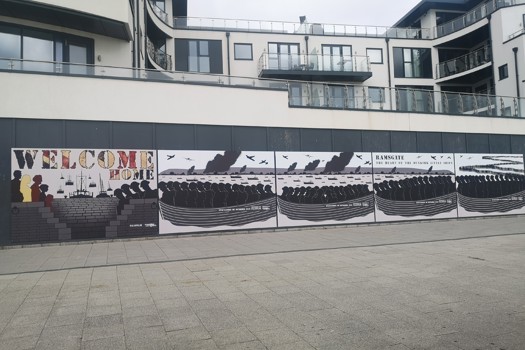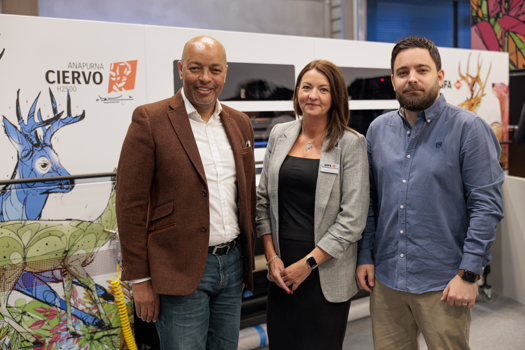The business was founded by Australian entrepreneurs Melanie Perkins and Cliff Obrecht in 2012, and together with ex-Google employee Cameron Adams the business launched the following year.
In April this year Canva was valued at $15bn following an earlier fundraising, according to Reuters.
Canva has now raised a further $200m to help fuel its expansion plans, which include doubling its number of employees. It currently employs more than 2,000 staff worldwide and has offices in Sydney, Manila and Beijing.
More than seven billion designs have been created by its community, and it has 60 million active monthly users including a substantial subscriber base using its pro and enterprise plans that provide additional functionality beyond the free-to-use option.
Canva allows users to collaborate on designs for videos, social media posts, presentations, and a wide range of printed products including marketing collateral, promotional merchandise and custom products.
It recently released real-time collaboration tools “which has unlocked a whole new level of growth within teams and enterprises across the globe”.
The business is understood to be profitable and is on track to achieve $1bn-plus in annualised revenues by the end of the year.
Canva is a customer of worldwide hyper-local printing platform Gelato, while Cimpress-owned Tradeprint teamed up with Canva last year to offer its customers a self-service design platform.
Zoom, PayPal, Salesforce and Intel also use Canva.
Canva’s mission is “to empower everyone in the world to design anything and publish anywhere” and the business also aims to “make the world a better place” with initiatives including its ‘1% pledge’, whereby 1% of equity, 1% of profits, 1% of the Canva team’s time and 1% of product, are used to be a force for good in the world. Other actions include “Print One, Plant One: planting a tree for every print order placed through Canva, where we have now committed to planting over two million trees”.
Perkins, Canva’s CEO, said the company’s “simple” two-step plan involved first becoming one of the most valuable companies in the world, and then secondly “do the most good we can”.
In a blog post, she said: “While Canva’s equity has grown, our intention has always been to use the vast majority of that wealth to do good in the world. It has felt strange when people refer to us as ‘billionaires’ as it has never felt like our money, we’ve always felt that we’re purely custodians of it. As we’ve previously shared, it’s long been our intention to give the wealth away, and we’ve been thinking long and hard about the best way to start that journey.”
Perkins said that she and Obrecht “will be committing the vast majority of our equity (30% of Canva) to do good in the world, and plan to do this through the Canva Foundation”.
She added: “As Canva’s value grows, so too does our ability to have a positive impact on the world. And as we have a positive impact on the world, we believe that Canva will grow too by being able to attract and motivate the best team and our community who care about having a positive impact on the world too.”
The fresh funding round was led by T. Rowe Price and also involved other investors including Franklin Templeton, Sequoia Capital Global Equities and Bessemer Venture Partners.










